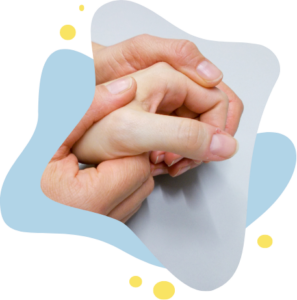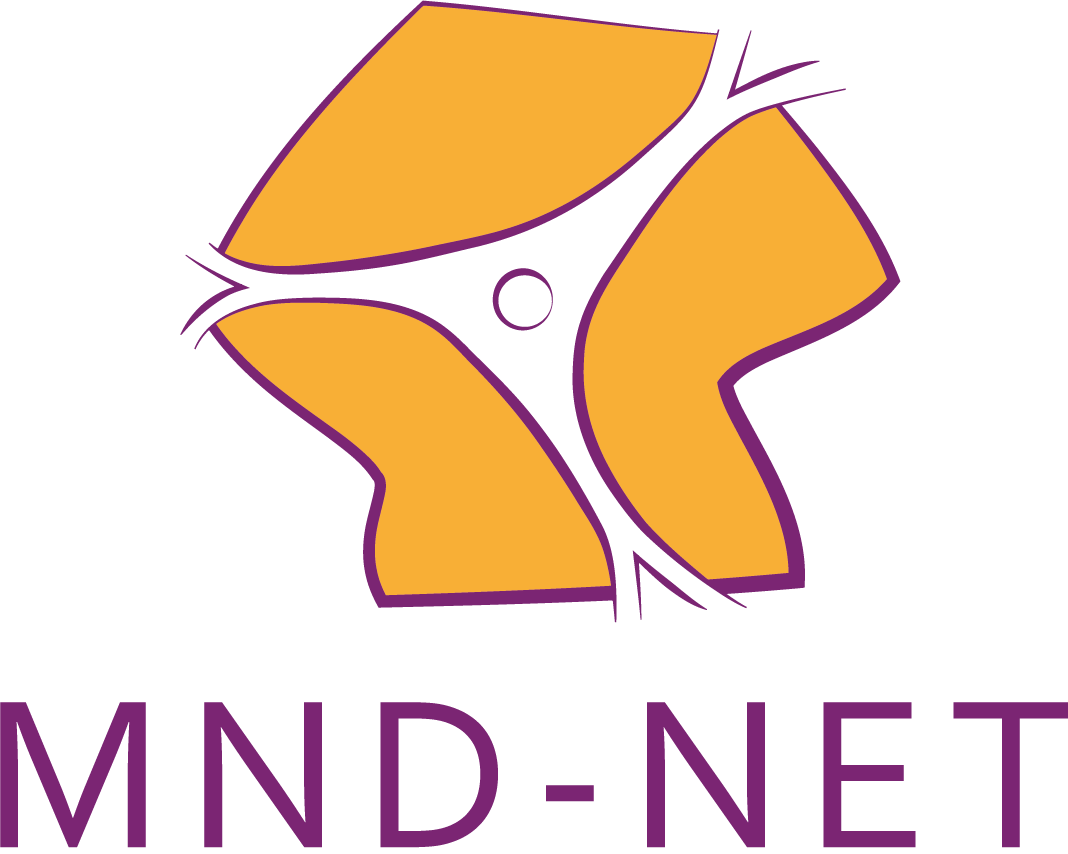Our efforts are focused on patients with motor neuron diseases. We are happy to support you in connecting to a special outpatient clinic close to your home or advise you if you wish to participate in clinical studies.
Competent partner
for patients and relatives
MND-NET - Your competent partner for motor neuron diseases


Our outpatient clinics will provide you and your loved ones with professional advice and guidance every step of the way with your motor neuron disease.

With various examinations, our teams establish your findings and plan the optimal therapy and treatment plan with you.

For examinations and research, we use the latest technology and methods to alleviate complaints and find new treatment approaches.
What is ALS?
Amyotrophic lateral sclerosis (ALS) is a rare neurodegenerative disease of the so-called motoneurons [from Latin motor = mover and neuron = nerve], which has been increasingly recognized by the public in recent years. In order to move a muscle voluntarily, both the first (upper) motoneuron (MN) in the brain and the second (lower) MN in the spinal cord must be activated.
In ALS, both motor neurons are affected, whereby damage to the second MN leads to muscle atrophy, muscle weakness (paresis) and muscle twitching (fasciculations).


Damage to the first MN, on the other hand, does not result in muscle weakness, but in a “central movement disorder” with a plumping and slowing of movements, an increase in tone of the musculature, as well as a so-called disinhibition of reflexes, including crying, laughing or yawning.
The onset of the disease, but also the course can be quite differently distributed among these structures. Accordingly many different clinical manifestations (phenotypes) can be found, which show different prognoses.
The typical variant is essentially characterized by damage to the 1st MN’s as well as the 2nd MN’s with corresponding increasing loss of strength and muscle atrophy, often initially in the area of the small hand muscles, the legs or with increasing speech and/or swallowing disorders. In principle, there is an increase in the course and an extension of the symptoms to previously unaffected areas. As a result, there are progressive functional limitations and correspondingly pronounced disabilities.
In addition to the classic ALS, which leads to death in a few years due to a weakening of the respiratory muscles and a critical increase in carbon dioxide in the blood (no suffocation), other phenotypes are characterized, which can differ significantly from this course and also have a very different prognosis.
In the case of clinically exclusive damage to the first MN, respiratory impairment occurs less frequently and, if so, much later in the course of the disease, so that patients with so-called PLS (primary lateral sclerosis) have a more favorable course of the disease and do not primarily suffer from weakness of the respiratory muscles.
Typical symptoms of motor neuron diseases

Muscle weakness
The main symptom of the disease is a progressive weakness of various muscle groups, which increasingly impairs motor skills.

Behavioral disorders
In the course of the disease, some patients experience disturbances in memory and a change in personality, which may be manifested, for example, in reduced social distance.

Gait disorder
Due to the increasing muscle weakness, many patients experience a restriction and also the loss of the ability to walk. In the course, many patients are dependent on aids, e.g. a wheelchair.

Breathing disorder
Because the respiratory muscles may also be affected, breathing becomes difficult as the disease progresses. This symptom is largely responsible for the reduced life expectancy of ALS patients.

Speech difficulties
The tongue and throat muscles are extremely important for clear pronunciation. As a result, many patients experience slurred speech as they progress.

Swallowing disorders
Swallowing may also be affected, as muscle weakness can affect the tongue and the muscles of the pharynx.
Interested in participating in a study to help advance research into motoneuron diseases and increase the chances of finding a cure and treatment?
Contact Us